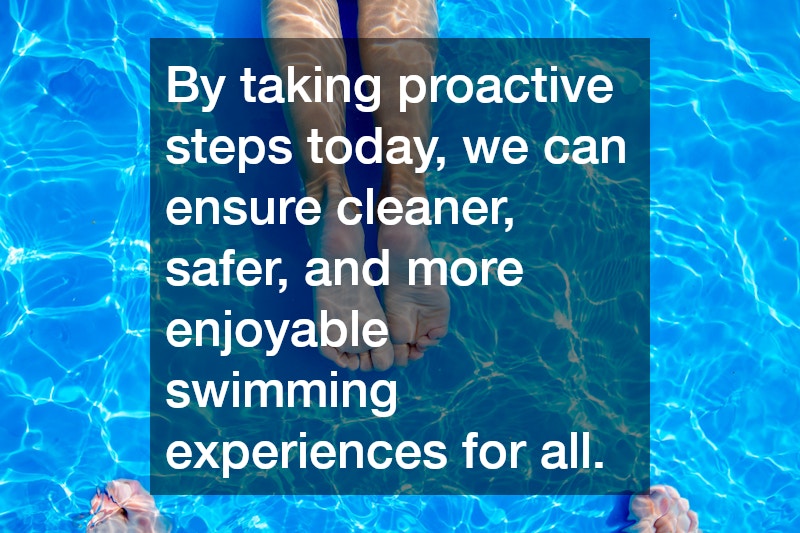Swimming pools are a hub of relaxation and recreation, but they’re also perceived as chemical-laden spaces due to traditional maintenance techniques. One of the most common chemicals used in pool maintenance is muriatic acid, which poses several health risks. As a result, many pool owners and operators are seeking swimming pool acid alternatives that offer the same effectiveness without the negative side effects.
Muriatic acid, while effective at lowering pH levels and preventing scaling, can cause respiratory distress and skin irritation when mishandled. Concerns about these health risks have prompted the exploration of environmentally friendly and health-conscious alternatives.
In this article, we’ll delve into several promising swimming pool acid alternatives, taking into account both their effectiveness and safety profile.
While traditional acid balances pH, it can react unpredictably with other substances, leading to additional hazards. Fortunately, modern advancements provide safer choices that ensure pool water remains pristine without compromising the well-being of swimmers. Understanding these alternatives will help you maintain a clean and safe swimming environment for everyone.
The Need for Alternatives
Finding alternatives to traditional pool acids is crucial primarily because of the health concerns associated with chemical exposure. Muriatic acid, commonly used for pH control, can lead to skin burns and respiratory issues if not handled properly. This growing concern for safety and wellness underscores the necessity of exploring swimming pool acid alternatives.
Beyond health impacts, environmental sustainability is another compelling reason to consider alternative options. Conventional acids can leave residues that harm local ecosystems when pool water is drained. Opting for more environmentally friendly solutions helps mitigate these risks, aligning pool maintenance with modern ecological efforts.
Cost and convenience are further points in favor of alternatives. While traditional chemicals require careful handling and storage, some alternatives can offer easier application and fewer storage concerns. This not only benefits individual pool owners but also commercial establishments that manage large numbers of pools.
The Types of Acid Alternatives
One popular alternative is the use of CO2 injection systems. These systems lower the pH levels in pool water by injecting carbon dioxide, effectively turning it into carbonic acid. This mild acid does not pose the same risks as heavier chemicals and naturally stabilizes over time, creating a safer swimming environment.
Another widely adopted option is the use of sodium bisulfate, also known as dry acid. Unlike muriatic acid, sodium bisulfate is less volatile and less corrosive, making it safer to handle without losing its effectiveness in adjusting pH levels. Its granular form also provides more accurate dosing, leading to economies of both cost and use.
For those looking to align with natural and eco-friendly choices, citric acid provides a viable solution. As an organic substance, it balances pH without any harsh chemical residue, making it gentler for both users and the environment. This choice is particularly appealing for eco-conscious pool owners who are mindful of their carbon footprint.
The Benefits of Using Alternatives
Using swimming pool acid alternatives reduces the health risks associated with traditional acids. By selecting less volatile options, pool owners can significantly reduce the likelihood of accidents resulting from improper handling. This benefit is especially significant for commercial operations, where maintaining high safety standards is mandatory.
Another notable advantage is the reduction of corrosive impact on pool infrastructure. Many conventional acids, over time, can cause damage to pool liners, tiles, and other structural elements. Alternatives that provide gentler pH adjustments help preservative longevity, resulting in lower long-term maintenance costs.
Additionally, adopting these alternatives supports a sustainable swimming pool lifestyle. By decreasing the chemical load on pools, they contribute to a healthier environment, benefiting both users and surrounding ecosystems. This environmentally conscious choice further aligns with broader goals of decreasing the human impact on our planet’s water systems.
The Challenges and Considerations
While there are many benefits to using swimming pool acid alternatives, there are also challenges that must be addressed. For one, some alternatives may require a higher initial investment in equipment or training, particularly for commercial applications. However, this upfront cost often results in savings over time through reduced chemical consumption and maintenance needs.
Availability and efficacy of alternatives should also be considered, as not all options are as readily accessible as traditional acids. Research and consultation with pool maintenance professionals can help identify the best solutions for specific needs and circumstances. Continuously updated resources and guidelines, such as safety manuals and environmental studies, serve as valuable tools for decision-making.
Finally, the compatibility of alternatives with existing pool systems must be evaluated. Some infrastructures may require adjustments or modifications to accommodate new substances. Thoughtful planning and expert advice are crucial for making seamless transitions and realizing the full potential of these innovative alternatives.
As technology continues to advance, the pool industry is likely to see even more innovative developments that further prioritize health and environmental concerns. Remaining open to such improvements is imperative for sustainable pool management, whether you’re an aspiring pool owner or an established facility operator. By taking proactive steps today, we can ensure cleaner, safer, and more enjoyable swimming experiences for all.

